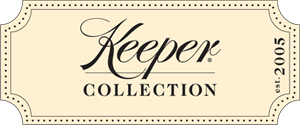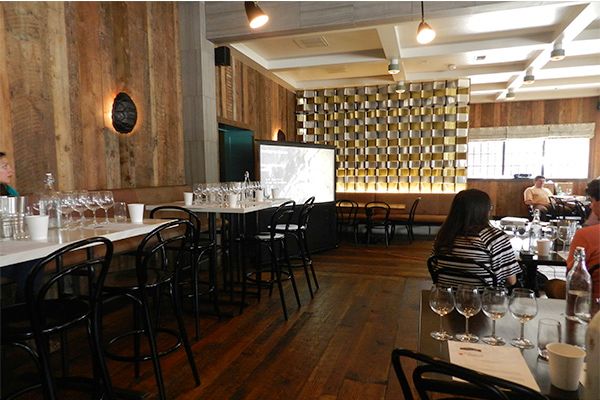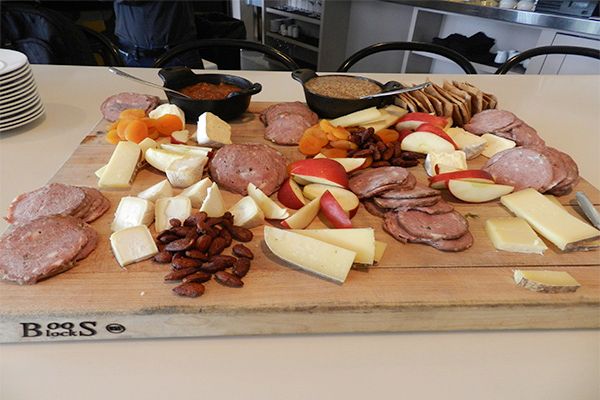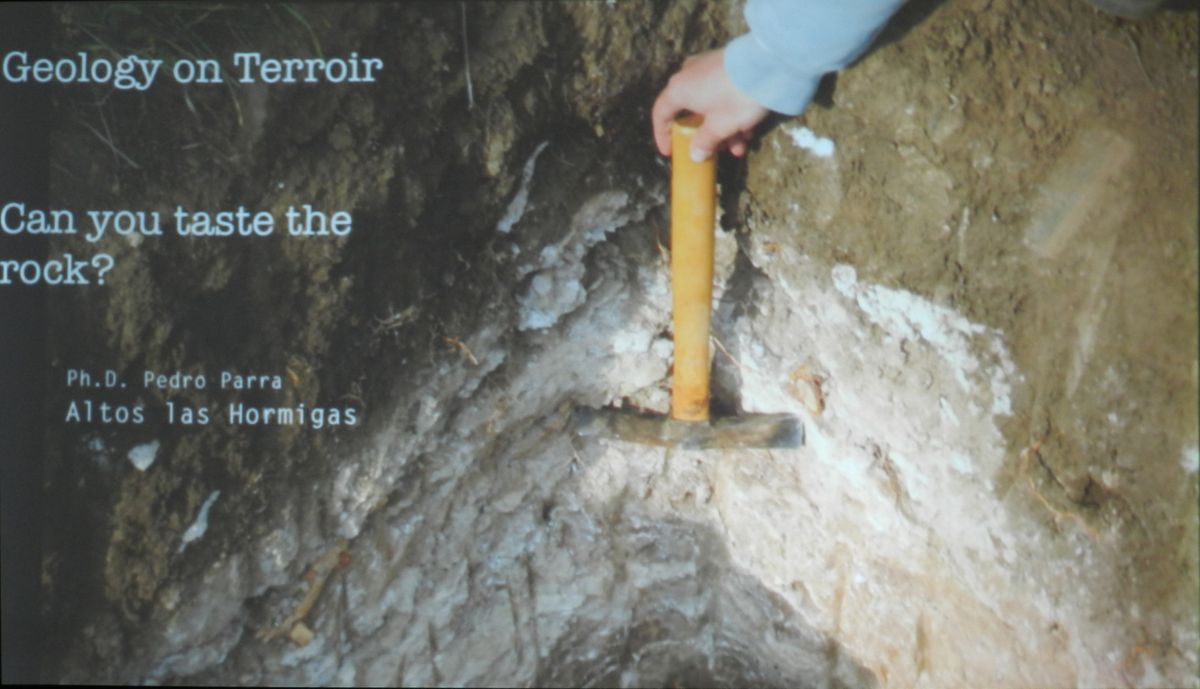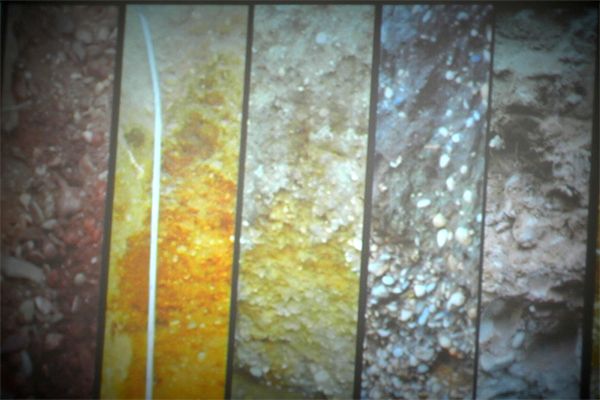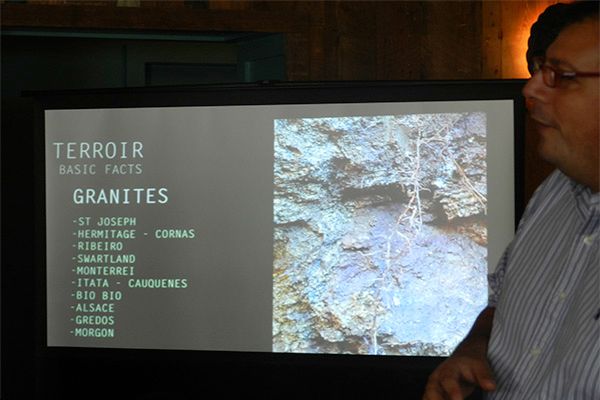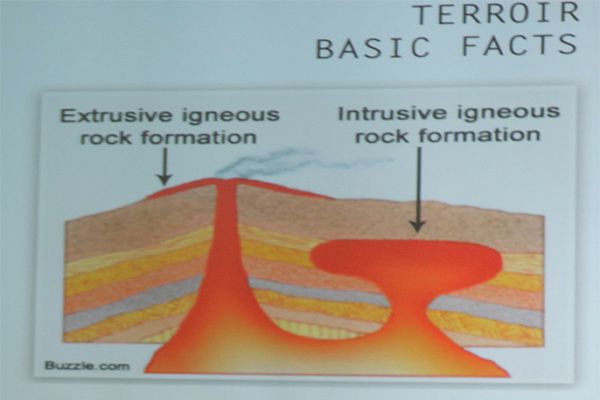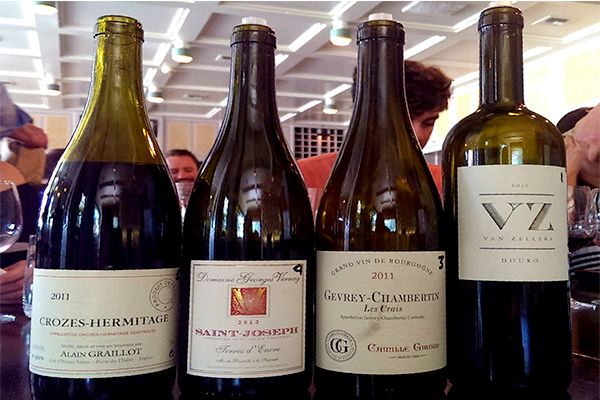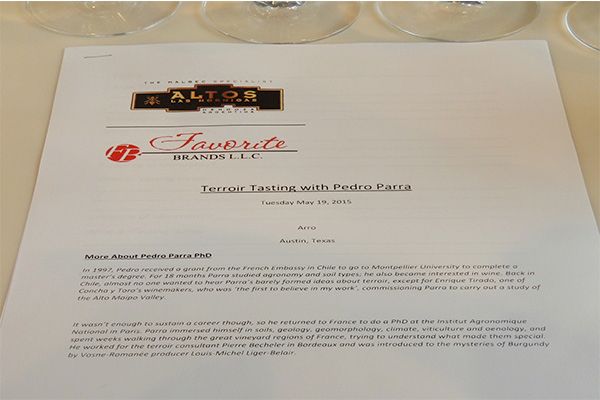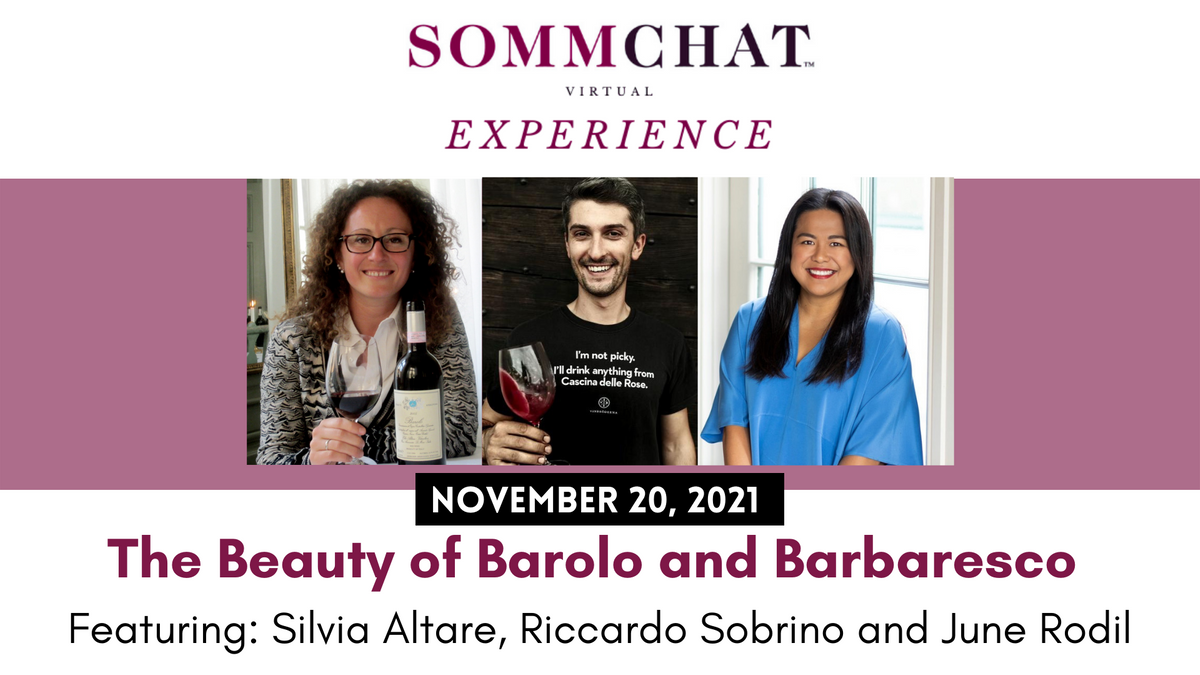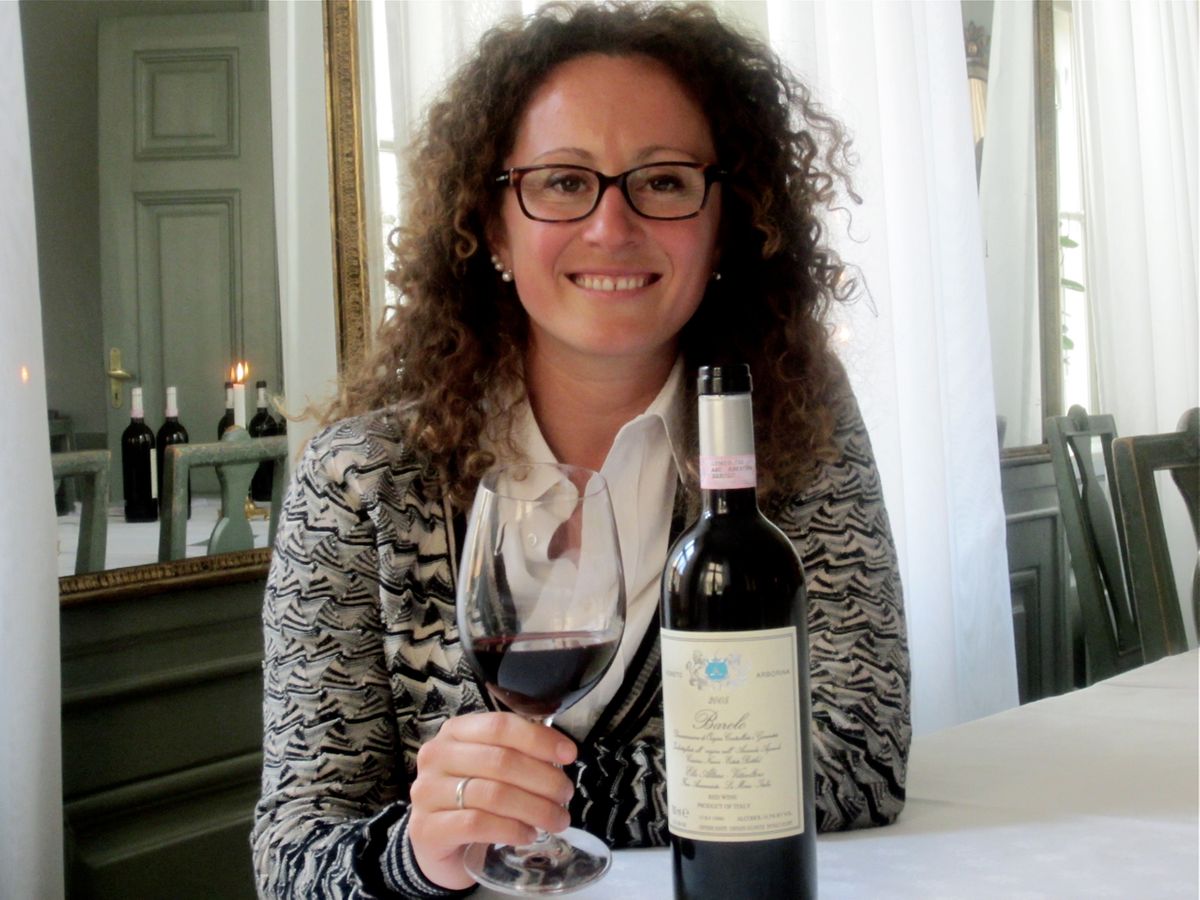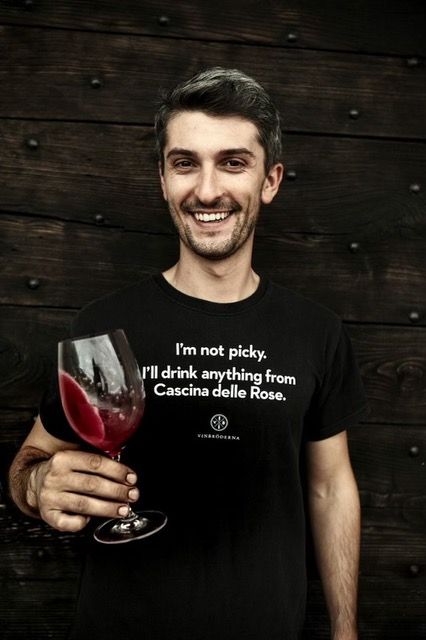My Texas life is going well, and I am learning a lot from my Internship with Keeper Collection. On Tuesday, the 19th of May, I participated in a blind tasting for the first time. This one was very special indeed. It was a blind tasting dedicated to learning about Terroir. This tasting took place at Arro Restaurant in Austin and the presentation was made by Pedro Parra.
So great to get back to @uchikoaustin #chef counter and see so many familiar faces and meet new ones #sommchat #fish #madai #kenmadai #kurodai #tuna #uni #hotatesushi #sushi #austin @ Uchiko https://t.co/UdFsRTLFeG
